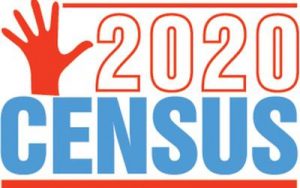May 6, 2020
By: Dwayne Page
DeKalb County continues to lag behind the rest of the nation and state in responding to the 2020 Census, with just 45% of households logged so far compared to a national total of 56.6%, which is more than 75 million households and 55.7% in Tennessee as of May 3.
At a 45% response rate, DeKalb County, ranks 78th out of Tennessee’s 95 counties and 11th out of the 14 counties in the Upper Cumberland Region. The final county wide response rate for 2010 was 62.3%.
As for the cities within DeKalb County, Smithville has logged a household response rate to the 2020 census of 52.10%, Dowelltown 48.30%, Alexandria 46.60%, and Liberty 39.70%.
2020 Census Response Rates in the 14 County Upper Cumberland Region are as follows
Upper Cumberland Region 49.1%
Putnam 60.30%
Cumberland 54.40%
Warren 53.30%
Van Buren 52.50%
Cannon 52.20%
White 50.80%
Jackson 49.30%
Smith 49.30%
Overton 48.80%
Macon 47.30%
De Kalb 45.00%
Clay 42.20%
Fentress 41.00%
Pickett 40.70%
“It’s important for local residents to respond to the census survey. It affects their representation within government at the state and federal level and it is the basis of how assistance funds are allocated for roads, highways, infrastructure and more,” said Gabe Powell, Partnership Specialist with the U.S. Census Bureau.
It also affects how funding is allocated to over 100 federal programs, including Medicaid, Head Start and the Supplemental Nutritional Assistance Program (SNAP) and informs how billions in federal funding flow to communities every year.
“Just like voting, this is a civic duty for us all,” said Powell.
For the first time this year, the option to submit your data online has been available to American citizens at 2020census.gov. The census can also be completed by phone or mail. Homes began receiving their invitations to respond and ID numbers over a month ago.
The U.S. Census Bureau has announced that it is taking steps to reactivate field data collection operations after June 1. Later this year, the bureau plans to send census takers to visit households that have not yet responded to the census to help them complete their questionnaires.




